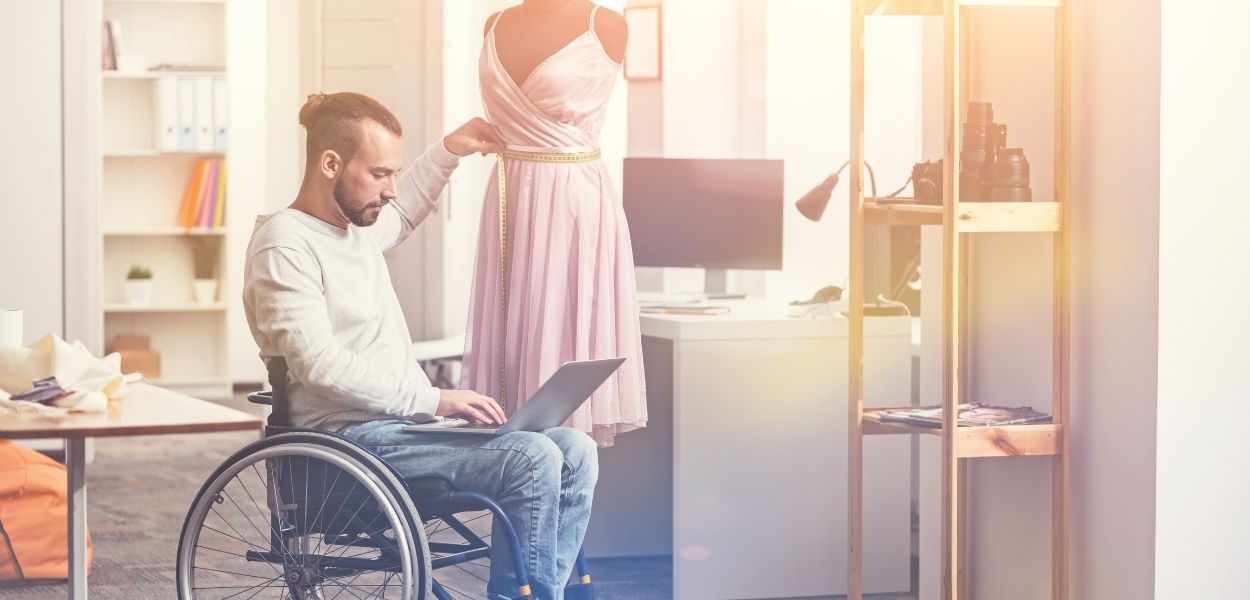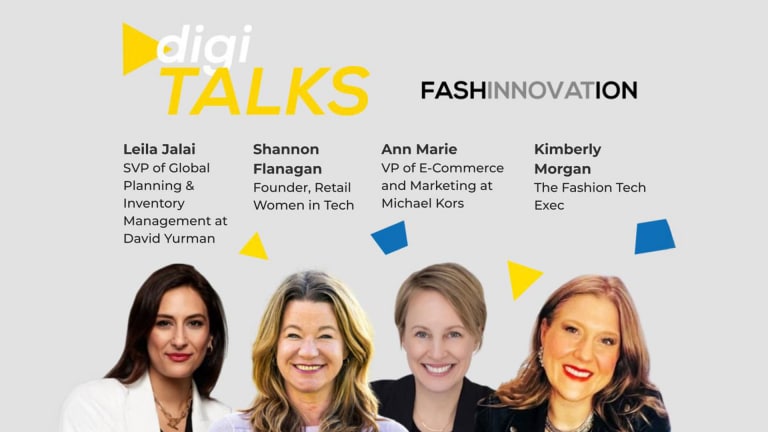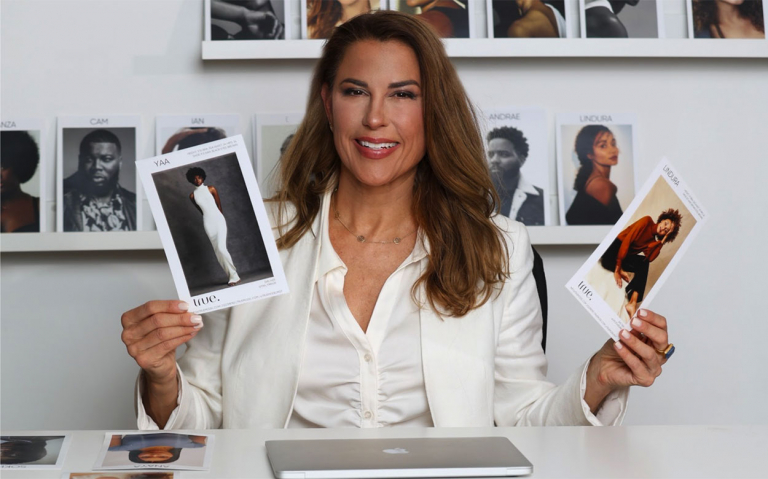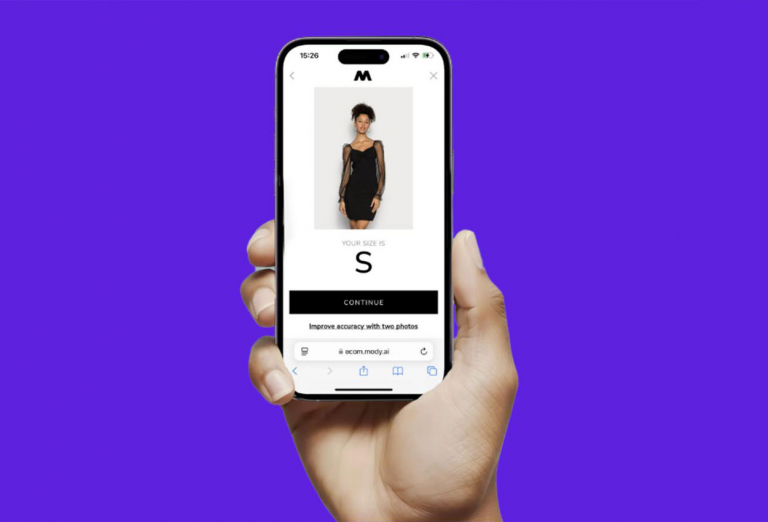American Vogue’s September 2021 Issue was all about inclusivity and modelling world. Its cover featured seven models from a diverse array of backgrounds, races, sizes, and gender identities. It was, in fact, Vogue’s most diverse cover ever, as well as the first one featuring a trans woman. Indeed, fashion magazines have always reflected ongoing social shifts, and we’ve come a long way. But, at the end of the day, we have to question: is the modeling world becoming really inclusive?
Inclusivity in Fashion World
Yes, the oppressed are still oppressed, but it’s not as bad as it used to be. Hell, Donald Trump is no longer president of the United States! Kamala Harris just recently rose to power as the first woman and woman of color vice-president. Plus-size model of color Paloma Elsesser continues to walk triumphantly on runways from all over the world. It sure feels like there’s something happening.
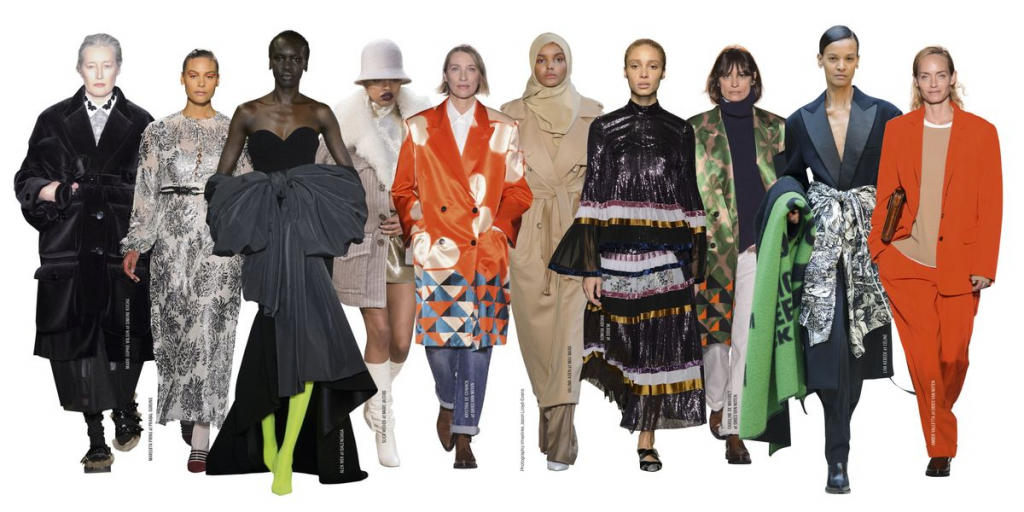
Yet feelings are not necessarily facts. As a journalist, I couldn’t help but wonder if these apparent changes were actually real. What is really happening behind the scenes? Can flesh and bone models feel the difference? Are plus-size, genderqueer models of color respected in the same way that cisgender, white, thin ones are? How to find out? I talked to models Jordan Underwood and Alexandria Pierre-Louis to find an answer.
With 23 thousand Instagram followers, Underwood, a transgender, plus-size model, uses their platform to push for fat and gender liberation. Pierre-Louis, a plus-size, queer, black model with 13 thousand Instagram followers, is also a fat liberation, anti-racist activist. If there was anyone who could answer my questions, it was them.
What Are The Underlying Forces of The Ongoing Shift In The Fashion Industry?
Pertaining to the recent inclusion of plus-size models into the mainstream, Underwood highlights that change did not come out of thin air. “We have been doing this work for so long,” they pointed out. “Fat activism started back in the 1960s.”
And god knows the fights against racism, homophobia and transphobia aren’t new either. It all comes down to the historical work of “black, trans, plus-size women,” as Underwood puts it. Because being plastered onto a billboard in the heart of New York City isn’t simply about being a good model. It’s about having the opportunity to even be one.
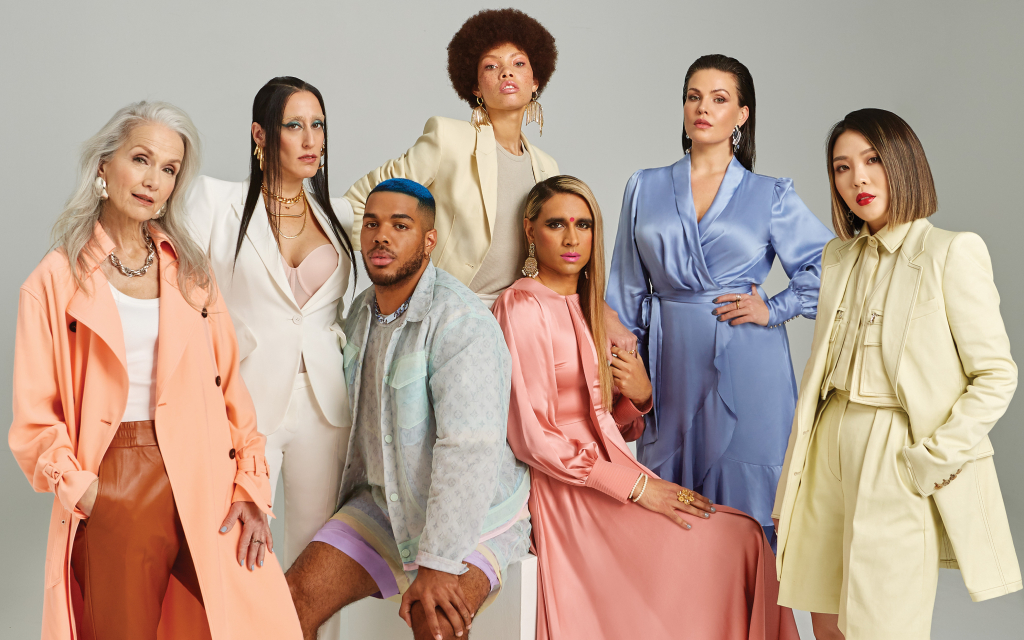
And who dictates who gets to become a model? Underwood argues that “at the end of the day, it’s all about the money.” And what brings the money is, according to the minds of industry moguls, what is normal—thin, white, cisgender people. But that’s precisely where social media comes in.
Pierre-Louis points to it as a catalyst of change. The model highlights the rise of Instagram models. They helped the heads of the industry understand that “being honest, sexual and diverse” was actually profitable. Big brands and Modelling agencies caught on. Now the modeling industry is often thought of as inclusive.
Yet it isn’t as simple as that.
Modelling World: Change Disguised In Normalcy
A World of Illusions
“In reality, only a few bodies get through,” mentions Perrie-Louis. “There is a very specific trend in the plus-size community, for example.” Underwood sees it too. Plus-size models are almost never over a size 20. They often have a flat stomach, an hourglass figure, and they’re tall.
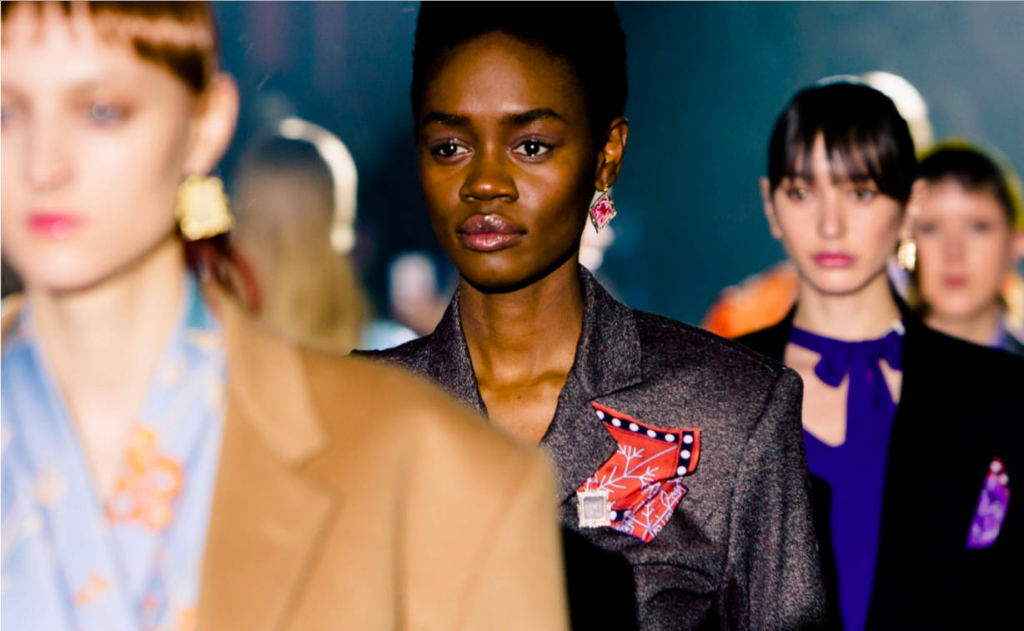
Unsurprisingly, the height standard is far from harmless. Both of the individuals I spoke to revealed the obvious: being taller makes you look thinner. It’s proportions. If you’re a size 18 and short, you most likely look bigger than a size 18 who is tall. So brands only book tall plus-size people.
And that’s not the only way companies create the illusion of inclusivity. According to Underwood, plus-size models are often paired with thin models, so that, in comparison, they seem bigger. And why is that? So that those in charge don’t actually have to cast anyone plus-size, which strictly means someone above a size 14.
And it’s the same for people of color. “They are using light-skinned models with loose hair to represent black people,” states Pierre-Louis, “And if they are dark-skinned, then they are super thin and their head is shaved.”
But it doesn’t stop there.
The Curse of Intersectionality
Yes, the industry might allow for some diversity, but it’s all conditional. If you’re a plus-size model, you can only look a certain way. If you’re a black model, you need to have a specific look. But what if you’re both?
“Any difference needs to be on a thin, cis body to be interesting and cool. It’s still cloaked in a sense of normalcy,” says Underwood. It’s indeed in intersectionality that the fashion world encounters its biggest problem.
Labels, as usual, seem to be more restricting than liberating. Very rarely is a model allowed to be two things. And “when they cast a specific intersection, they usually cast those who don’t even look like that intersection,” argues Pierre-Louis.
But what happens if you somehow cross the threshold and get cast? Well, not everything is better on the other side.
What Happens to Inclusivity Behind the Scenes?
Underwood shared with me the story behind the first “big job” they ever booked. They mentioned that the specific brand with which they worked claimed to be “for everyone”. Yet Underwood was the biggest model the brand had booked for that shoot.
After doing their makeup and styling them, the photographer took about five pictures of the model, then sent them home. “Contracts were signed,” Underwood highlights, “they paid me, and they still didn’t use my picture.” To the activist, the message was clear: they would hire a fat person, as long as no one had to see them.
And inclusivity seems to be relegated to the background in Pierre-Louis’ experience too. A hairstylist tried to use a bristle to clean stoves on her hair, but not on that of other models. A makeup artist showed a black model a picture of black face out of the blue. An employee said the n-word right in front of her. And it was all during the same photoshoot.
Other incidents include reporting her to her agent for being “difficult” simply because she wasn’t being completely submissive. She was once shown a video of a white child claiming to be “a strong, black woman” during lunch hours. Everyone attacked her when she spoke up. According to them, “only black women are allowed to be strong.”
In a particularly upsetting incident, Pierre-Louis was asked to say “I am too big to be a fashion model, but….” on camera. Though the brand was trying to send a positive message, the model—who is indeed a fashion model—considered it an attack. Perpetuating the idea that plus-size models cannot be part of fashion might not have been the right angle.
And while it’s clear that discrimination is alive and well in the modeling industry, the solutions are still blurry.
By the way, you should check out this panel: Fashion Is Fighting Stereotypes & Conquering Dreams in the Paralympic Games.
How Can We Fight For Inclusivity in the Modelling World?
“It’s ultimately all about upholding white supremacy and capitalism,” Pierre-Louis declares. Naturally, then, the answer might be to destroy these two all-enveloping systems. And while “dismantling everything,” as she puts it, would fix the issue, that might sound a little abstract.
That’s not to say that short-term solutions are the ultimate goal. But the breadth of this article is not wide enough to demark the steps to end racism or capitalism. Hence, focusing on the immediate might be more beneficial.
Pierre-Louis proposes creating “a real union for models, one that is not attached to the fashion tycoons.” It would allow for models to be treated the way they deserve, for current regulations allow for exploitation. Models are often talked into doing jobs “for exposure”—which basically means “for free”. The law cannot continue to uphold that.
Pierre-Louis also mentions using one’s platforms to help. Spreading the message that “fashion is for everyone, even for those who claim they don’t like it” is imperative.
Underwood, on the other hand, urges brands to “take risks.” But she also explains that they’re not really risks. For example, about 70% of the female population of the United States is above a size 14 or above.
Check out this panel: Fashion Is Personal Branding Towards Inclusivity
The Takeaway
In the end, what’s clear is that the situation is always more complicated than it seems. One might benefit the most from questioning what one sees, questioning everything. Otherwise, one could be tricked.
So, is there really inclusivity in the fashion industry? It’s up to you to decide.
Did you like this article? Check out “Could haute couture be sustainable? Should it be?”
